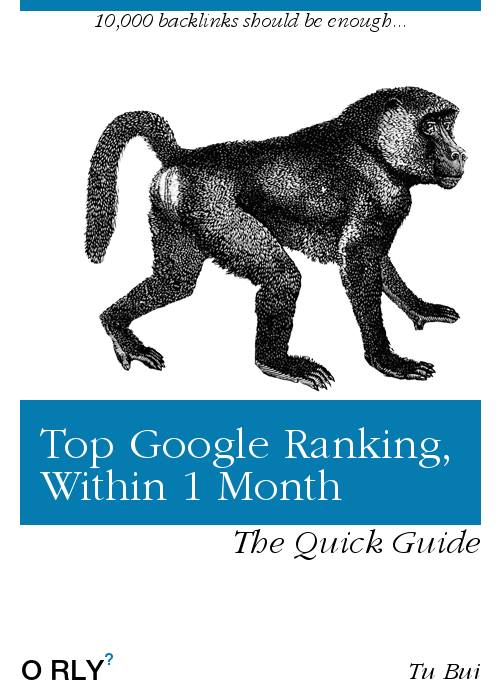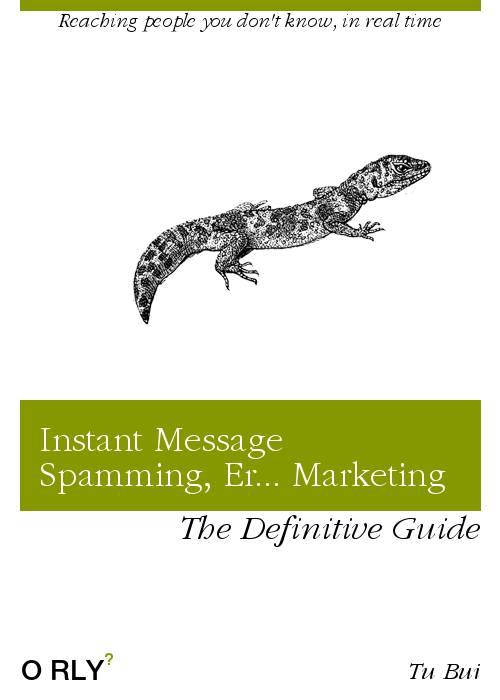Doing Marketing Right and Wrong: A Tiny Boderline
Mục Lục
As a marketer, you have a lot of responsibility for your work. You have to be committed to the effectiveness of your advertising, you must be responsible for the amount of customer information you collect, the number of customers you bring to the sales team and even the revenue of the entire company. All these pressures and responsibilities will make you sometimes think that you need to do everything to achieve your company’s goals. And in the process of doing that, not everyone is judicious enough to do the right thing or even realize that what they do is wrong.
Doing marketing right and wrong, sometimes they are only separated by a single line. Here are my views on what is right (or wrong) marketing:
1. It is a win-win – mutual benefits

That means the effectiveness of the marketing campaign must be towards the benefit of both the advertiser and the customer seeing the advertisement. Or, in the case of client-agency, it’s win-win-win, all three clients, agencies and customers benefit. With the client side, they need to receive quality products and what is promised in the ad should be done. With advertisers, they succeed to sell products, increase sales, increase brand awareness or achieve their goals. On the agency side, they are treated fairly and paid well for what they do.
If a marketing campaign does not address those things then this can happen:
– Advertisers are not interested in customer interests, only interested in generating profits and sales == & gt; harms customers’ interests and harm the brand
– The advertiser jerk the agency around and does not treat them fairly for what they did. == & gt; cause damages to the agency, to the reputation of the client in the industry, and partly can affect the effectiveness of the campaign (sometimes force the agency to cut down).
– The Agency does not care about the common purpose that the client wants to aim to (or client’s customers), but focuses solely on the pursuit of personal interests. == & gt; affect the effectiveness of the campaign, the trust of the client as well as the experience of the customer seeing the ad
Advice: Always strive for the benefit of all parties, not letting any side in damage.
2. Tell the truth

There is nothing worse than misrepresentation in advertising and deception of customers. The trust of customers is difficult to obtain and once hurted, it will take a lot of time and effort to recover (sometimes never the same). So one of the prerequisites of doing the right marketing is always to tell the truth, not to overstate, not to promise things that can not be done. You should never look down on your customers and think they do not recognize you when you lie.
Note: Half the truth is not true, so do not use it to falsify or conceal for you not telling the truth to customers.
Tip: Giving the right and full truth. Half the truth is still not true.
3. Do not spam and respect the privacy of your customers

No one likes to be spammed or compromised on privacy rights. But it is true that so many current marketers do not realize that they are spamming customers or infringing on their privacy. This comes from the fact that marketers do not understand what spam or privacy is.
Spam is not about whether your email is in the inbox or not, spam is not what you think your customers are in demand with your service or not. Spam is whether or not a customer allows and agrees to send you advertising information. And respect for privacy is about not collecting personal information related to customers without their consent or permission.
To spam or not to spam when advertising
In general, if you are doing one of the following, you are violating those standards:
– Buy customer lists online, or through third parties
– Sending advertisements to customers (email, sms, mail, phone calls) without their permission
Automatically collects information in a way that violates privacy. An example is automatically collecting phone numbers of customers when they visit the website by 3G as some services are currently providing.
– Sell client list to other parties
– Not secure the customer list and let them be compromised
etc.
Tip: Do not do the above
4. Make positive impacts on the market

Another factor is that all you do is to create a positive impact on the market, not to hurt others or to create bad effects for the industry.
For example: running and then stiffing Facebook, Google will make these parties increasingly tighten management policies, making it more difficult for everyone to buy advertising. Using tricks, fake traffic, bots to make money from the adsense system will harm the quality of the entire GDN system, causing damage to all advertisers and agencies. Spamming customers makes them more and more uncomfortable and less receptive to advertising information, creating ad blocker habit that makes it difficult for everyone.
These are some examples of what some do, at first supposing that it has no effect on anyone but actually caused negative impacts on the whole market and reduced the quality and development of the industry.
Tip: Do not use the trick, do not influence the market for personal gain. Think right, do it right.
Through the above, I want to emphasize the importance of understanding and correcting marketing and why we should start changing from awareness to thinking that the whole market can get better and better.
If anyone has any additional comments that should be mentioned besides this article, please leave comments for us to discuss.
Have a great weekend.
P / S: The images were created for fun, using the tool: https://dev.to/rly


 Vietnamese
Vietnamese English
English